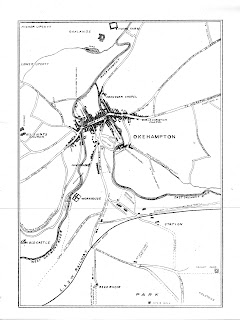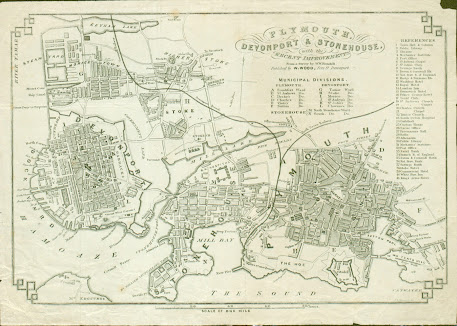
Tourist Maps of Devon - Guide Book Maps & Folding Maps Short Catalogue of Entries This is the most direct way to access maps and mapmakers. Simply click on the link below. Blue denotes those entries already uploaded: click to access directly. Note: This site is a work in progress, so please be patient! For an overview of guide book publication in Victorian Britain go to the Introduction . This has extensive information concerning guide book production as a whole as well as focussing on local publishers such as John Banfield in Ilfracombe, Henry Besley in Exeter and John Cooke in Plymouth. There are chapters on: Centres of Production - London Centres of Production - Edinburgh Centres of Production - Plymouth Centres of Production - The “Library” at Ilfracombe Centres of Production - Exeter Centres of Production - Teignmouth and Torquay For a guide to the scope of this work and an explanation of the system and the various abbreviations, terms etc. used go to the Explanation . Th...





